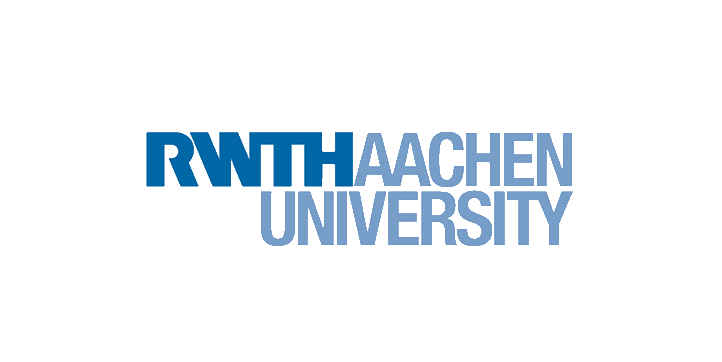RWTH: Automatic flight systems can support rescue workers in accidents with many injuries
In Germany, those injured in an accident are divided into viewing categories in order to determine the priority of treatment. Vital parameters are important indicators for this. In the Floriansdorf of the Aachen fire brigade it has now been demonstrated that these can be recorded by the RWTH aircraft using cameras and radar of accident victims. For example, the heart and breathing rates of the injured are measured from a height of five to ten meters. The rescue workers receive important information even before they arrive at the scene of the accident.
The demonstration flight was started by a tele-ambulance doctor who previously narrowed down the area in which to search for injuries. The flight system took off vertically, flew to the scene and, after tilting the main wings up, carried out a first sighting from the air. Then, with the help of the sensors on board – including a multispectral camera system and a radar system – the health status of the patients on the ground could be recorded by the emergency doctor and transmitted to the rescue control center. After the rescue services arrived, the flight system returned to its home base fully automatically.
The system was developed as part of the research project “FALKE – flight system assisted management of complex operational situations”. The Federal Ministry of Education and Research is funding the joint work of TeleCare Docs in Clouds GmbH, flyXdrive GmbH, IMST GmbH, RWTH Aachen and Ruhr University Bochum with 2.3 million euros.
Automated flight guidance and control concept
The Aachen Institute for Flight System Dynamics under the direction of Professor Dieter Moormann and flyXdrive GmbH developed a fully automated flight guidance and control concept for operation over long distances as part of the project. The system can be used at any time and even in poor weather conditions. A pilot is no longer required for the control. The tilt-wing aircraft allows a fast approach with a long range, thanks to the hovering ability and the intelligent path guidance, navigating safely at the scene and using the sensors precisely.
The AcuteCare InnovationHub of the Clinic for Anaesthesiology at the RWTH Aachen University Clinic supports this research project with its medical and engineering expertise and technically implements contactless vital parameter measurement and the creation of an adapted screening algorithm. A disaster medical evaluation will show the potential of the new technology.

